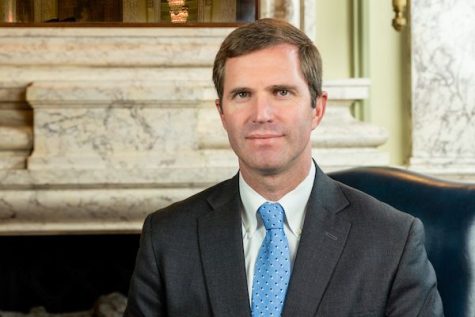California’s healthcare providers are concerned about the federal repercussions of Ryan’s Law

On September 28, 2021, Gov. Gavin Newsom signed Senate Bill 311, otherwise known as “Ryan’s Law .” On January 1, the measure was officially enacted.
This interesting piece of legislation grants terminally ill patients the option to consume medical cannabis on healthcare facility grounds, so long as he/she has a genuine and valid medical cannabis card with California’s Compassionate Use Act.
Regardless of the law’s implementation across the legal cannabis State, it remains uncertain as to how many healthcare establishments will actually agree to participate in the new policy moving forwards. The main reason for this is because cannabis is still a federally illegal substance in the United States.
Presented by Sen. Ben Hueso, D-Chula Vista, the law – which requires medical facilities to provide patient-arranged cannabis treatments – comes with certain exceptions. For example, Ryan’s Law excludes chemical dependency recovery and state hospitals.
Furthermore, the legislation forbids cannabis smoking and vaping, as well as protects hospitals that are fearful of experiencing backlash about the division between state and federal law.
Cannabis bill was initially opposed by California Hospital Association
Named after a man who died of pancreatic cancer at just 41 years of age, Ryan’s Law has received a mixed bag of feedback. In fact, numerous executives and medical establishment managers are unsure about this method of pain management.
The California Hospital Association is a prime example. Spokeswoman for the state advocacy group, Jan Emerson-Shea, noted that hospitals are required to abide by federal law under regulations set out by Medicare — a federal health insurance program.
“We were opposed to it at first. Not on the perspective of whether it’s effective at all, but because it’s still illegal under federal law. It was a conundrum for hospitals,” she said.
The California Association of Health Facilities (CAHF), which identifies itself as an employee and employer representative of California nursing homes, residences for the intellectually disabled and intermediate care facilities, also opposed Ryan’s Law.
Specifically, CAHF demanded clear instructions on the rules pertaining to cannabis dispensing and reporting.
“We did oppose it initially, but it changed,” said agency spokeswoman Deborah Pacyna, as she opened up to reporters about the numerous draft revisions that have been incorporated into the bill.
“No one’s doing it yet, but not because of the intent of the bill — no one will move forward until we have a piece of paper that tells us how it works,” she continued.
Notwithstanding the arguments against Ryan’s Law, Americans for Safe Access (ASA) is devoted to ensuring the law’s adoption. In fact, ASA has prepared support policies to assist health care facilities in better understanding the law.
“They can’t allow Schedule 1 to stop them from implementing (this law),” exclaimed the founder of ASA, Steph Sherer. “There are protocols on qualifying patients.”
California’s cannabis tax rates could be slashed
Related news also confirms that, amid fears of industry rebellion over rising cannabis tax rates in California — the Department of Tax and Fee Administration introduced a five percent cultivation tax increase on January 1 — Governor Gavin Newsom may amend state taxes imposed on purchases and growers.
In a recently released budget proposal, Newsom claimed that he “supports cannabis tax reform and plans to work with the Legislature to make modifications to California’s cannabis tax policy to help stabilize the market.”
Should this happen, more cannabis consumers in California are likely to transition from the illegal market to legal and regulated avenues.







